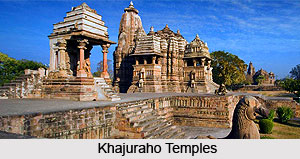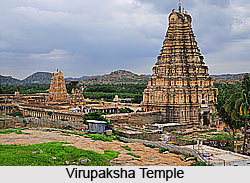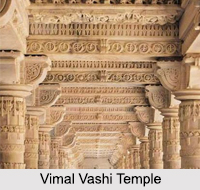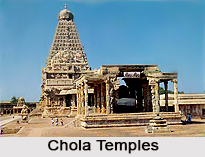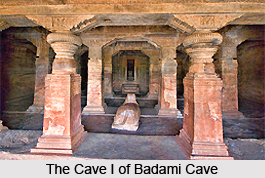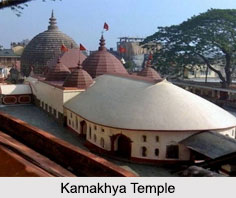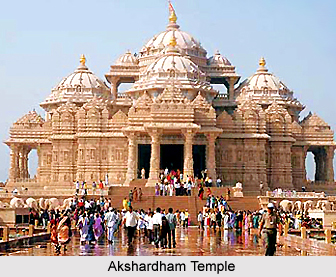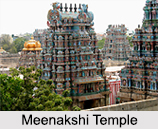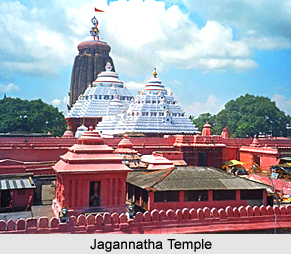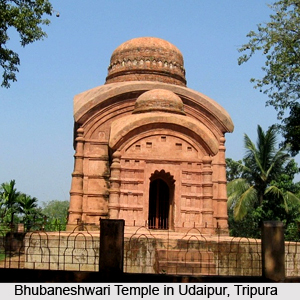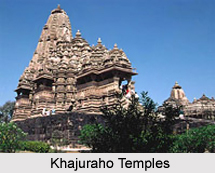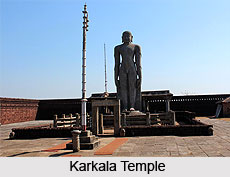 Spirituality, mythology and serenity are the best ways to describe Karkala in Karnataka. This is a small town in the south of Karnataka. This place is a famous Jain religious center. Jainism is widely practised here. Karkala has a number of natural and historical landmarks. It is one of the major junctions for the religious tourists. Jainism was introduced in Karnataka by Lord Mahavira in the 6th Century B.C during the course of his travels, when he converted Jivandhara, the king of the Hemangada Country into Jainism. By the 10th Century, Jainism had become a powerful force in the coastal regions of Karnataka and centers were established all along.
The town is surrounded by hills and lagoon and presents a charming backdrop to the Temple of Gandharva. The striking architecture of the place will definitely impress you. Karnataka is a land of stone structures. This temple too is made out of rock carving and it is thousand years old. The artistic brilliance of the age is well portrayed through such religious monuments. The town itself has been named after the black rocks. The term karikallu means black stones.
Spirituality, mythology and serenity are the best ways to describe Karkala in Karnataka. This is a small town in the south of Karnataka. This place is a famous Jain religious center. Jainism is widely practised here. Karkala has a number of natural and historical landmarks. It is one of the major junctions for the religious tourists. Jainism was introduced in Karnataka by Lord Mahavira in the 6th Century B.C during the course of his travels, when he converted Jivandhara, the king of the Hemangada Country into Jainism. By the 10th Century, Jainism had become a powerful force in the coastal regions of Karnataka and centers were established all along.
The town is surrounded by hills and lagoon and presents a charming backdrop to the Temple of Gandharva. The striking architecture of the place will definitely impress you. Karnataka is a land of stone structures. This temple too is made out of rock carving and it is thousand years old. The artistic brilliance of the age is well portrayed through such religious monuments. The town itself has been named after the black rocks. The term karikallu means black stones.
Karkala in Karnataka has been rated as a World Heritage Site by UNESCO. It is considered as one of the holiest Jain tirthas or pilgrimage center. Karkala dates back to the beginning of the 10th century. Karnataka has four statues of Bhagwan Mahabali. One of these has been consecrated in Karkala. The colossal idol has been glorifying the region since 1432 by Veera Pandyadeva a ruler of Bhairarasa (Santra) family of Karkala, who ruled here during the 14th century A.D. This particular statue is 42 feet long was put up here on the advice of the priest. It is the second tallest statue in Karnataka. The Jain temple is situated on a hilltop with a stone staircase. The staircase has been carved out of the hill. The USP of the temple is its architectural design. With ornate porticos and unique staircase it is much sought after by travelers and devotees.
Religious rituals related to the Statue
The Mahamasthakabhisheka of the statue is done once every 12 years. It is a Jain religious rite that dates back to ancient times. Every twelve years, thousands of Jain devotees congregate to perform the Mahamastakabhisheka. It is a ceremony where the Gommateshwara statue is bathed and anointed with milk, water, and saffron paste and sprinkled with sandalwood powder, turmeric, and vermilion. The ceremonial anointing will be done customarily from the top of specially constructed scaffolding, when water from 1008 pots will be poured over the Gommata, as a purification rite. The sacred bathing then begins to the heralding of bugles and the beat of drums. Milk from pots and large containers is poured on Gommateshwara, followed by clouds of white rice powder. Next, the statue is anointed with coconut water and sugarcane juice. Liquid turmeric and red sandalwood paste then cover the Gommata in hues of amber and mahogany. A combination of eight scented substances, followed lastly by a shower of flower petals. The splendid ceremony ends with the washing of the Gommata with the clear water. This unique event draws thousands of pilgrims from all over the country as well as across the world. The last Mahamastakabhisheka was held in February 2002, and the next will be in January, 2015.
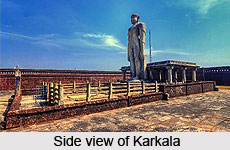 Other Attractions at Karkala
Other Attractions at Karkala
Karkala, Karnataka reflects the spirit of unity in diversity. The Hindu temple of Padutirupathi is as old as the Jain temple. The temple is built in traditional style and it is at a distance of 50 kilometers from the city of Mangalore. The principal deity of this temple is Lord Venkataramana. This majestic building reflects the architecture that was prevalent in ancient South India. The rites and rituals followed at this temple are similar to those of the Tirupathi Temple. According to legends this temple is an extension of Tirupathi.
One will also come across the shrine of Lord Hanuman that is 15 feet high. There is also the Attur church lying on the fringes of Karkala. The folk dances of Karkala are also interesting to watch out. Karkala is a pilgrimage location for Jains and it attracts tourists. There are about 18 Jain basadis here and also several Hindu temples, Jain Basadis, Mosques, Churches and lakes in Karkala. Some of the basadis are namely Chaturmukha Thirthankara Basadi, Hiriyangaddi Neminatha Basadi, Parshwanatha Basadi, Chandranatha Basadi and Anekere Padmavathi Basadi
